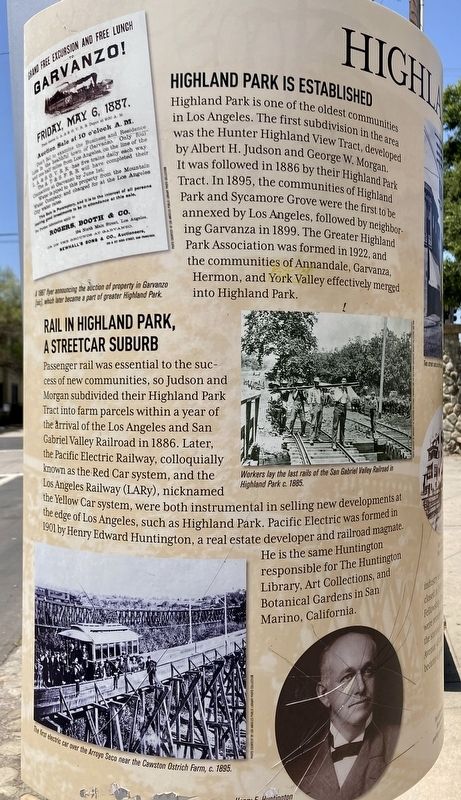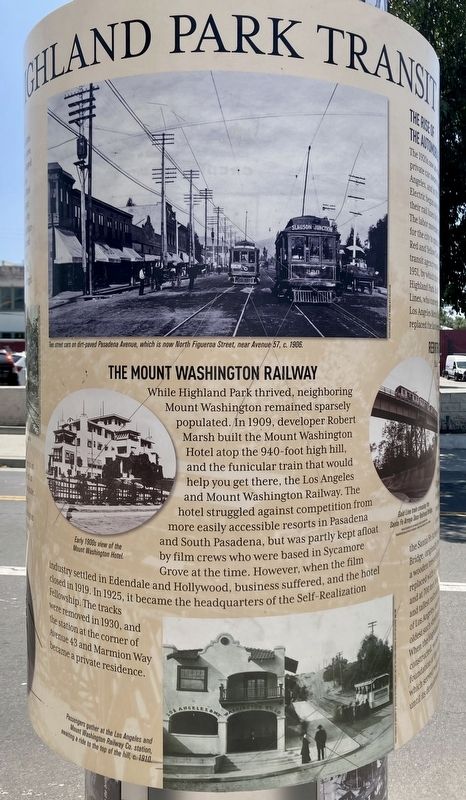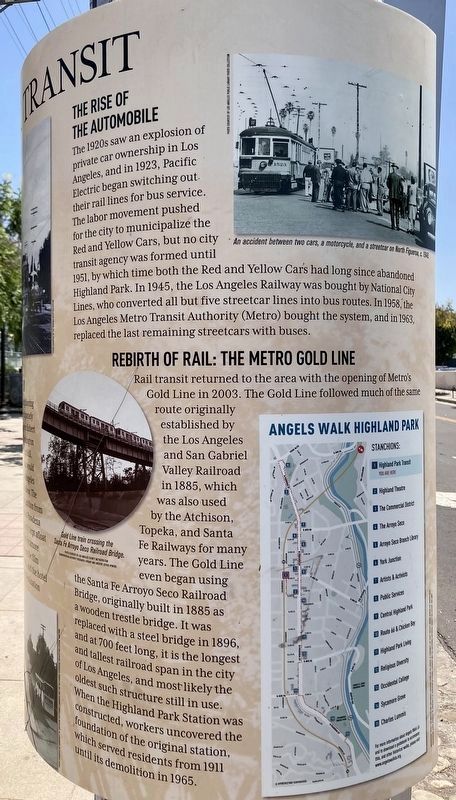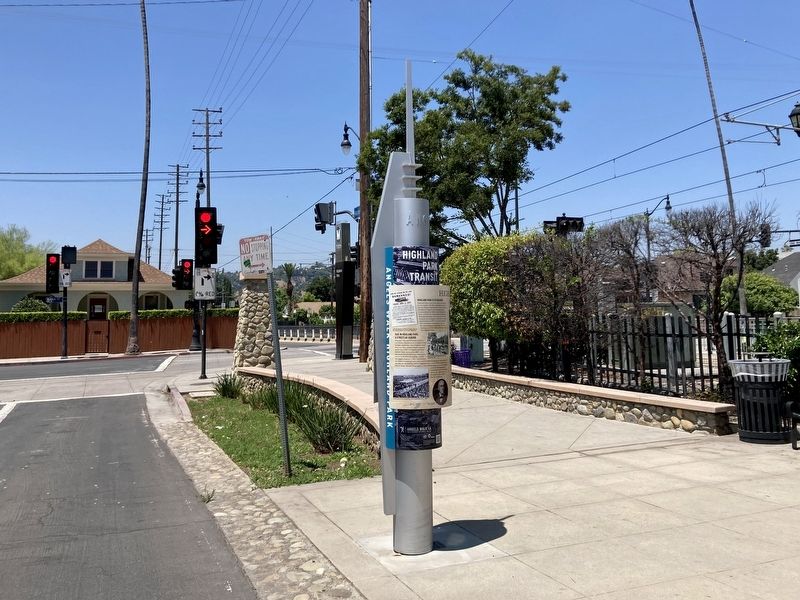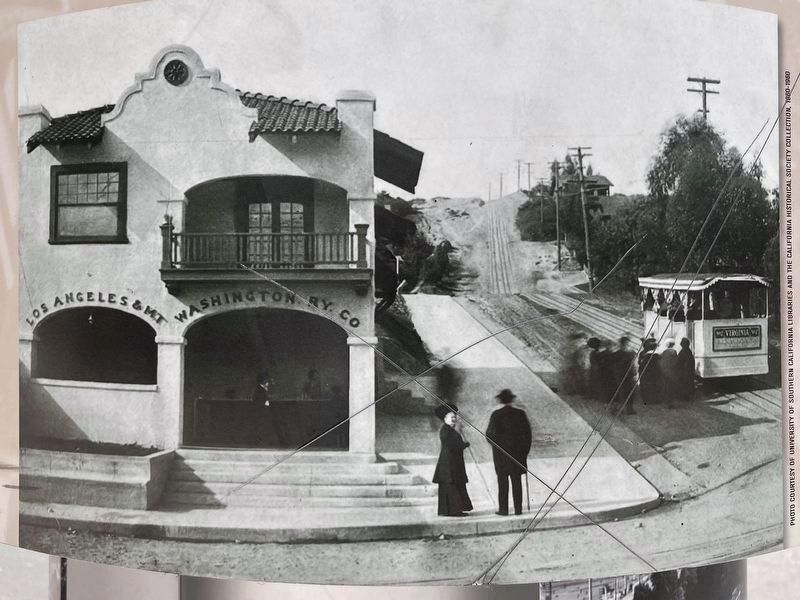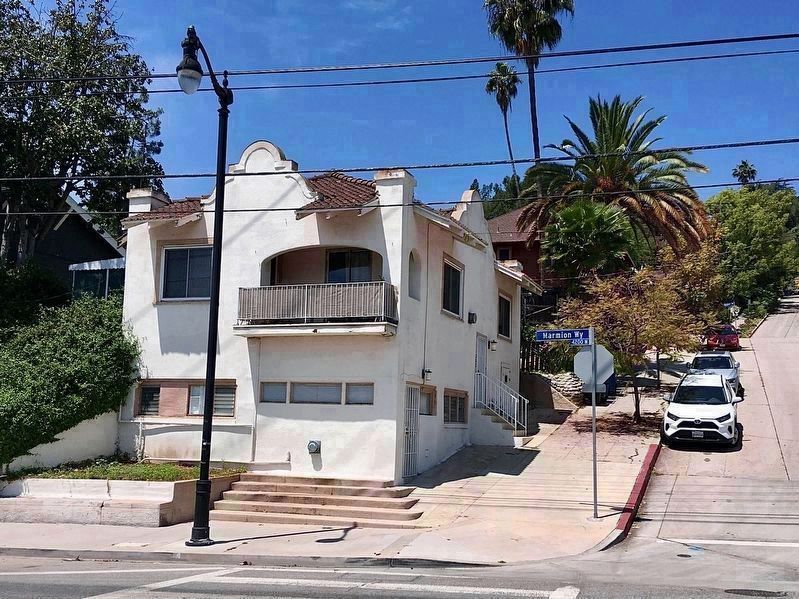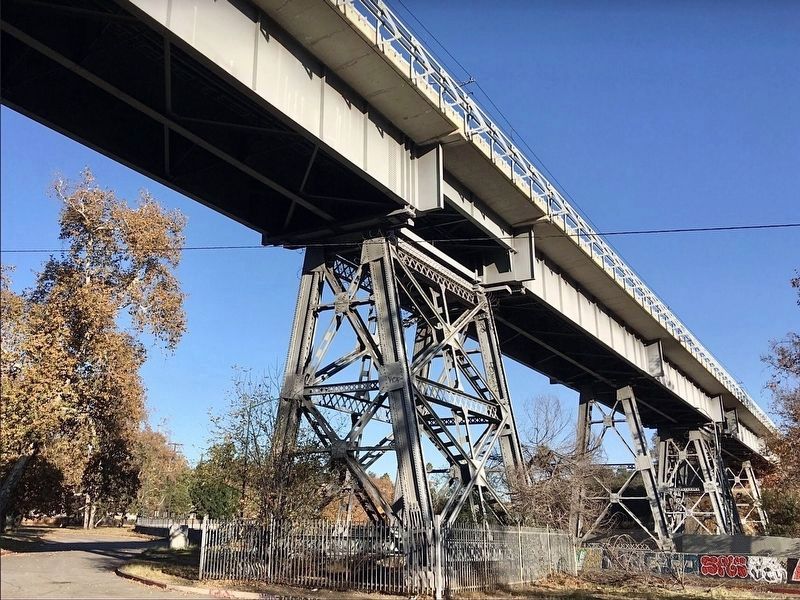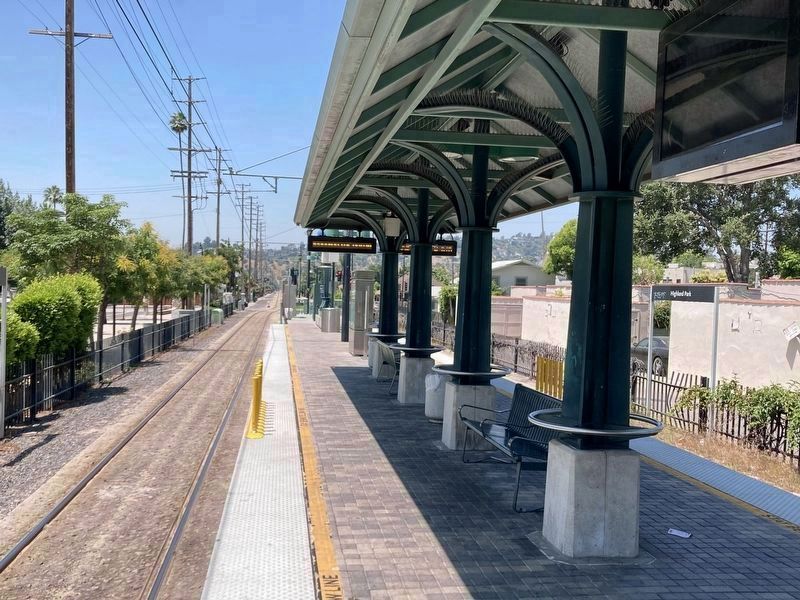Highland Park in Los Angeles in Los Angeles County, California — The American West (Pacific Coastal)
Highland Park Transit
Highland Park is Established
Highland Park is one of the oldest communities in Los Angeles. The first subdivision in the area was the Hunter Highland View Tract, developed by Albert H. Judson and George W. Morgan. It was followed in 1886 by their Highland Park Tract. In 1895, the communities of Highland Park and Sycamore Grove were the first to be annexed by Los Angeles, followed by neighboring Garvanza in 1899. The Greater Highland Park Association was formed in 1922, and the communities of Annandale, Garvanza, Hermon, and York Valley effectively merged into Highland Park.
Rail in Highland Park, A Streetcar Suburb
Passenger rail was essential to the success of new communities, so Judson and Morgan subdivided their Highland Park Tract into farm parcels within a year of the arrival of the Los Angeles and San Gabriel Valley Railroad in 1886. Later, the Pacific Electric Railway, colloquially known as the Red Car system, and the Los Angeles Railway (LARy), nicknamed the Yellow Car system, were both instrumental in selling new developments at the edge of Los Angeles, such as Highland Park. Pacific Electric was formed in 1901 by Henry Edward Huntington, a real estate developer and railroad magnate. He is the same Huntington responsible for The Huntington Library, Art Collections, and Botanical Gardens in San Marino, California.
The Mount Washington Railway
While Highland Park thrived, neighboring Mount Washington remained sparsely populated. In 1909, developer Robert Marsh built the Mount Washington Hotel atop the 940-foot high hill, and the funicular train that would help you get there, the Los Angeles and Mount Washington Railway. The hotel struggled against competition from more easily accessible resorts in Pasadena and South Pasadena, but was partly kept afloat a by film crews who were based in Sycamore Grove at the time. However, when the film industry settled in Edendale and Hollywood, business suffered, and the hotel closed in 1919. In 1925, it became the headquarters of the Self-Realization Fellowship. The tracks were removed in 1930, and the station at the corner of Avenue 43 and Marmion Way became a private residence.
The Rise of the Automobile
The 1920s saw an explosion of private car ownership in Los Angeles, and in 1923, Pacific Electric began switching out their rail lines for bus service. The labor movement pushed for the city to municipalize the Red and Yellow Cars, but no city transit agency was formed until 1951, by which time both the Red and Yellow Cars had long since abandoned Highland Park. In 1945, the Los Angeles Railway was bought by National City Lines, who converted all but five streetcar lines into bus routes. In 1958, the Los Angeles Metro Transit Authority (Metro) bought the system, and in 1963, replaced the last remaining streetcars with buses.
Rebirth of Rail: The Metro Gold Line
Rail transit returned to the area with the opening of Metro's Gold Line in 2003. The Gold Line followed much of the same route originally established by the Los Angeles and San Gabriel Valley Railroad in 1885, which was also used by the Atchison, Topeka, and Santa Fe Railways for many years. The Gold Line even began using the Arroyo Seco Railroad Bridge, originally built in 1885 as a wooden trestle bridge. It was replaced with a steel bridge in 1896, and at 700 feet long, it is the longest and tallest railroad span in the city of Los Angeles, and most likely the oldest such structure still in use. When the Highland Park Station was constructed, workers uncovered the foundation of the original station, which served residents from 1911 until its demolition in 1965.
Erected 2017 by City of Los Angeles.
Topics. This historical marker is listed in these topic lists: Railroads & Streetcars • Roads & Vehicles • Settlements & Settlers. A significant historical year for this entry is 1886.
Location. 34° 6.643′ N, 118° 11.597′ W. Marker is in Los Angeles, California, in Los Angeles County. It is in Highland Park. Marker is on Marmion Way just east of Avenue 57, on the left when traveling east. Located at the Highland Park Transit Station. Touch for map. Marker is at or near this postal address: 151 N Ave 57, Los Angeles CA 90042, United States of America. Touch for directions.
Other nearby markers. At least 8 other markers are within walking distance of this marker. The Commercial District (about 400 feet away, measured in a direct line); Central Highland Park (about 500 feet away); Highland Theatre (about 600 feet away); Highland Park Ebell Club (about 700 feet away); Route 66 & Chicken Boy (approx. 0.2 miles away); Smith House (approx. 0.2 miles away); Public Services (approx. 0.2 miles away); G.W.E. Griffith House (approx. 0.2 miles away). Touch for a list and map of all markers in Los Angeles.
Also see . . . Angels Walk L.A. Self-guided walking tours of historic neighborhoods in Los Angeles. This marker is part of the Highland Park walk. (Submitted on July 12, 2023.)
Credits. This page was last revised on August 8, 2023. It was originally submitted on July 12, 2023, by Craig Baker of Sylmar, California. This page has been viewed 108 times since then and 43 times this year. Photos: 1, 2, 3, 4, 5. submitted on July 12, 2023, by Craig Baker of Sylmar, California. 6. submitted on December 30, 2020, by Craig Baker of Sylmar, California. 7. submitted on September 6, 2022, by Craig Baker of Sylmar, California. 8. submitted on July 12, 2023, by Craig Baker of Sylmar, California.
